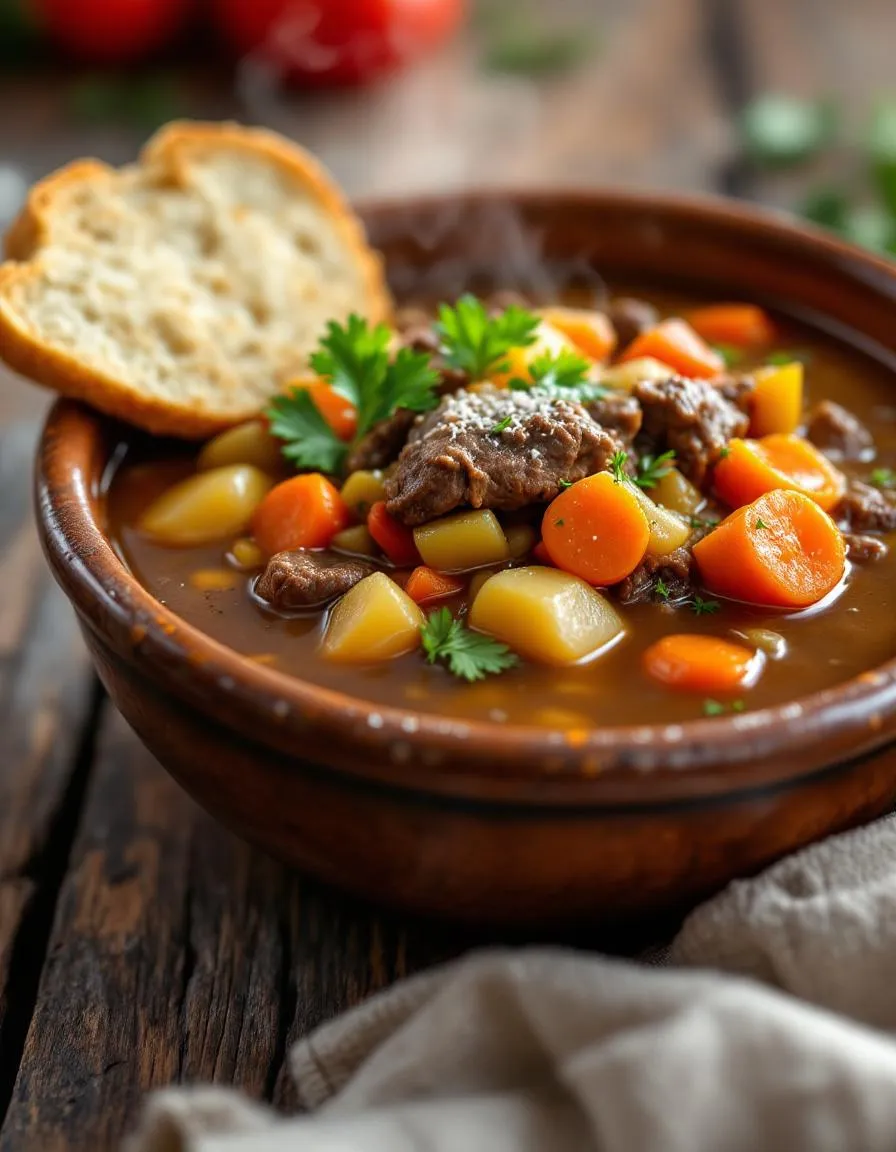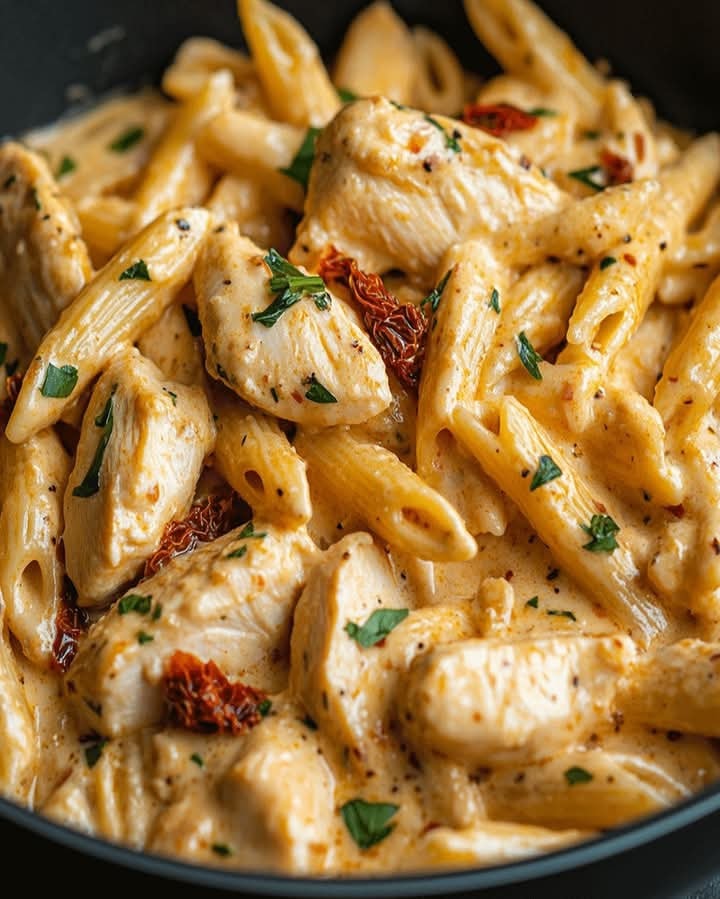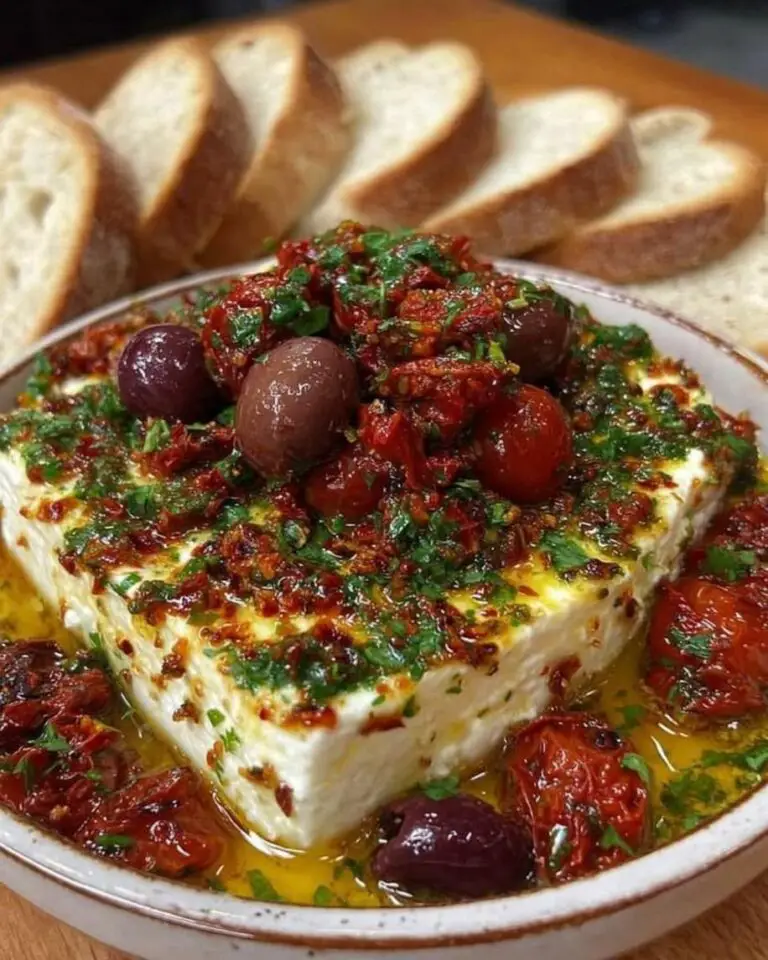Best Cowboy Stew – Hearty and Flavorful Recipe

Cowboy Stew: A Hearty One-Pot Meal for Any Occasion
Nothing satisfies like a steaming bowl of Cowboy Stew on a chilly evening. This robust dish combines tender meat, hearty beans, and savory vegetables in a rich tomato-based broth. Furthermore, its bold flavors and simple preparation make it perfect for weeknight dinners or weekend gatherings.
Traditionally cooked over campfires, modern versions of Cowboy Stew adapt well to stovetops and slow cookers. The aroma alone will transport you to wide-open plains and crackling fires. Best of all, you can customize the ingredients based on what you have available.
Quick Recipe Highlights
- Flavor Profile: Savory and slightly smoky with a balanced blend of spices
- Texture: Chunky and satisfying with tender meat and soft vegetables
- Aroma: Rich tomato base with hints of garlic and smoked paprika
- Visual Appeal: Vibrant colors from tomatoes, beans, and vegetables
- Skill Level Needed: Beginner-friendly with simple chopping and stirring
- Special Equipment: Just a large pot or Dutch oven
Recipe Overview
- Difficulty Level: Easy enough for beginners but satisfying for experienced cooks
- Category: Hearty main dish that works as comfort food
- Cuisine: American with Southwestern influences
- Cost: Budget-friendly using pantry staples
- Season: Perfect for fall and winter but enjoyable year-round
- Occasion: Casual family meals, potlucks, or game day gatherings
Why You’ll Love This Cowboy Stew Recipe
First, the taste delivers incredible depth with minimal effort. The combination of smoked paprika, garlic, and tomatoes creates layers of flavor that develop as the stew simmers. Additionally, the texture pleases with its mix of tender meat and perfectly cooked vegetables.
Second, preparation couldn’t be simpler. After some quick chopping, you simply brown the meat and let everything simmer together. This makes Cowboy Stew ideal for busy weeknights when you want maximum flavor with minimal fuss.
Nutritionally, this dish packs protein from the meat and beans along with vitamins from the vegetables. The fiber content keeps you full longer, while the balanced ingredients provide sustained energy. You can easily adjust the recipe to meet specific dietary needs too.
For entertaining, Cowboy Stew shines as a crowd-pleaser that feeds many people economically. It reheats beautifully, so you can make it ahead for stress-free hosting. Guests always appreciate its comforting, familiar flavors.
Finally, the cost-effectiveness makes this recipe a pantry staple. Using affordable ingredients like ground beef, canned beans, and basic vegetables keeps the price low without sacrificing taste or nutrition.
Historical Background and Cultural Significance
Cowboy Stew originated as practical campfire cooking for cattle drivers in the American West. Cowboys needed hearty meals that could cook in a single pot over open flames. They used whatever ingredients were available, often dried beans, preserved meat, and foraged vegetables.
This dish reflects the resourcefulness of frontier life. Cooks adapted the recipe based on regional ingredients and personal preferences. Some versions included local game meat, while others relied on salt pork or beef jerky when fresh meat wasn’t available.
Over time, Cowboy Stew evolved into a comfort food classic. Modern versions typically use fresh ingredients but maintain the spirit of simplicity and adaptability. The dish remains popular at chuckwagon dinners and western-themed events.
Regional variations developed based on local tastes. Texas versions often include more chili powder, while Midwestern adaptations might feature corn or potatoes. Some cooks add beer for depth, while others prefer a tomato-heavy base.
Ingredient Deep Dive
Ground beef forms the protein foundation of most Cowboy Stew recipes. Look for 80/20 lean-to-fat ratio for optimal flavor and texture. Grass-fed beef adds richer taste, while conventional works perfectly fine. For a healthier option, try ground turkey or chicken.
Canned beans provide convenient protein and fiber. Pinto and kidney beans work particularly well, but you can substitute black beans or navy beans. Always drain and rinse canned beans to reduce sodium content. Alternatively, use soaked dried beans for better texture control.
Common Mistakes to Avoid
- Overcrowding the pot when browning meat, which prevents proper caramelization
- Adding tomatoes too early, which can make the stew overly acidic
- Using low-quality canned tomatoes that lack flavor depth
- Neglecting to deglaze the pot after browning the meat
- Overcooking the vegetables until they become mushy
- Underseasoning early in the cooking process
- Skipping the simmer time needed for flavors to develop
- Using stale spices that have lost their potency
Essential Techniques
Proper browning creates flavor foundations. Take time to brown the meat in batches if necessary, allowing a crust to form on the bottom of the pot. This technique, called the Maillard reaction, develops complex flavors that enhance the entire dish.
Layering ingredients matters. Start with aromatics like onions and garlic, then add spices to toast slightly before introducing liquids. This sequence maximizes flavor extraction from each component. Finally, add delicate vegetables last to prevent overcooking.
Pro Tips for Perfect Cowboy Stew
Use a wooden spoon to scrape up browned bits when deglazing. These flavorful particles dissolve into your broth, adding depth. Consider using beef stock instead of water for richer results. For extra smokiness, add a chipotle pepper in adobo sauce.
Let the stew rest before serving. Like many one-pot dishes, Cowboy Stew tastes better after flavors meld for 10-15 minutes off heat. This waiting period allows the ingredients to harmonize while the temperature becomes ideal for eating.
Variations and Adaptations
For a spicier version, increase the chili powder or add diced jalapeños. Sweet potato makes an excellent substitute for regular potatoes, adding natural sweetness and nutrients. Vegetarians can replace the meat with additional beans and mushrooms for satisfying texture.
In summer months, try adding fresh corn and zucchini for seasonal flair. Some cooks enjoy topping their bowl with shredded cheese or a dollop of sour cream. Crumbled cornbread makes an excellent garnish that nods to the dish’s western roots.
Serving and Presentation Guide
Serve Cowboy Stew in deep bowls to contain the hearty portions. Rustic presentation suits this dish best – consider earthenware or cast iron serving vessels. Garnish with fresh cilantro or parsley for color contrast against the rich red broth.
Accompaniments should complement without overwhelming. Warm cornbread or crusty French bread makes ideal sides for soaking up the flavorful broth. A simple green salad balances the meal’s richness with fresh crispness.
Wine and Beverage Pairing
Medium-bodied red wines like Zinfandel or Malbec stand up to the bold flavors. Their fruit-forward profiles complement the tomato base without overpowering. For beer lovers, amber ales or Mexican lagers make refreshing pairings that cut through the richness.
Non-alcoholic options include hibiscus tea or sparkling water with lime. The tartness cleanses the palate between bites. For kids, serve with milk or apple juice that won’t compete with the stew’s savory notes.
Storage and Shelf Life
Refrigerate leftover Cowboy Stew in airtight containers for up to 4 days. The flavors often improve after a day or two as ingredients continue to meld. For longer storage, freeze portions for up to 3 months. Thaw overnight in the refrigerator before reheating.
Reheat gently on the stovetop over medium-low heat, stirring occasionally. Add a splash of water or broth if the stew thickens too much during storage. Avoid boiling, which can make the meat tough and vegetables mushy.
Make Ahead Strategies
Prep vegetables and measure spices the day before to streamline cooking. You can brown the meat in advance and refrigerate it separately. When ready to cook, simply deglaze the pan and proceed with the recipe. The complete stew also reheats beautifully.
For slow cooker adaptation, brown the meat first for best flavor. Then combine all ingredients in the cooker and simmer on low for 6-8 hours. This method develops even deeper flavors with minimal hands-on time.
Scaling Instructions
Doubling the recipe works well for crowds. Use a larger pot to ensure proper evaporation and browning. Cooking time may increase slightly due to greater volume. When halving, reduce liquid slightly to prevent a watery result. Taste and adjust seasoning carefully when scaling.
Nutritional Deep Dive
One serving provides approximately 350-400 calories with balanced macros. The beans and vegetables contribute significant fiber, while the meat offers complete protein. Tomatoes provide lycopene, an antioxidant linked to heart health. Using lean meat reduces saturated fat content.
Dietary Adaptations
For gluten-free needs, ensure all canned ingredients and spices are certified gluten-free. Dairy-free versions simply omit any cheese toppings. Vegan adaptations replace meat with plant-based crumbles and use vegetable broth. Low-carb versions reduce beans and increase low-starch vegetables.
Troubleshooting Guide
If your stew tastes bland, try adding more salt in small increments. Acidic flavors can balance with a pinch of sugar. For thin consistency, simmer uncovered to reduce or mash some beans to thicken. Overly thick stew benefits from additional broth or water.
Frequently Asked Questions
Can I use different meats? Absolutely. Ground turkey, sausage, or cubed stew meat all work well. Adjust cooking times accordingly for larger meat pieces.
How can I make it spicier? Add extra chili powder, cayenne pepper, or hot sauce to taste. Start with small amounts and adjust gradually.
Can I make this in a slow cooker? Yes. Brown the meat first, then combine all ingredients and cook on low for 6-8 hours.
What’s the best way to reheat leftovers? Gently on the stovetop with occasional stirring. Add a splash of liquid if needed.
Can I freeze Cowboy Stew? Perfectly. Cool completely before freezing in airtight containers for up to 3 months.
Additional Resources
Explore other hearty stew recipes like chili or beef bourguignon. Learn proper browning techniques to elevate all your meat dishes. Discover how different beans vary in texture and flavor profiles. Invest in a quality Dutch oven for optimal one-pot cooking results.
PrintCowboy Stew
A hearty and flavorful stew packed with meat, beans, and vegetables, perfect for a cold day.
Ingredients
For the Crust:
- 1 lb ground beef
- 1 lb smoked sausage, sliced
- 1 onion, diced
- 1 green bell pepper, diced
- 2 cloves garlic, minced
- 1 can (15 oz) kidney beans, drained
- 1 can (15 oz) pinto beans, drained
- 1 can (15 oz) corn, drained
- 1 can (14.5 oz) diced tomatoes
- 1 can (8 oz) tomato sauce
- 1 cup beef broth
- 1 tbsp chili powder
- 1 tsp cumin
- Salt and pepper to taste
Instructions
1. Prepare the Crust:
- In a large pot or Dutch oven, brown the ground beef and sausage over medium heat until fully cooked. Drain excess fat.
- Add the onion, bell pepper, and garlic to the pot. Cook until vegetables are softened, about 5 minutes.
- Stir in the kidney beans, pinto beans, corn, diced tomatoes, tomato sauce, beef broth, chili powder, and cumin. Season with salt and pepper.
- Bring the stew to a simmer, then reduce heat to low. Cover and let cook for 20-25 minutes, stirring occasionally.
- Taste and adjust seasonings as needed. Serve hot with cornbread or crackers.
Notes
You can customize the seasonings to taste.






